Charles Marion Russell (1864-1926)
Get a Russell Certificate of Authenticity for your painting or a COA for your Russell drawing or sculpture.
For all your Russell artworks you need a Certificate of Authenticity in order to sell, to insure or to donate for a tax deduction.
How to get a Russell Certificate of Authenticity is easy. Just send us photos and dimensions and tell us what you know about the origin or history of your Russell painting, drawing or sculpture.
If you want to sell your Russell painting, drawing or sculpture use our selling services. We offer Russell selling help, selling advice, private treaty sales and full brokerage.
We have been authenticating Russell and issuing certificates of authenticity since 2002. We are recognized Russell experts and Russell certified appraisers. We issue COAs and appraisals for all Russell artworks.
Our Russell paintings, drawings and sculptures authentications are accepted and respected worldwide.
Each COA is backed by in-depth research and analysis authentication reports.
The Russell certificates of authenticity we issue are based on solid, reliable and fully referenced art investigations, authentication research, analytical work and forensicstudies.
We are available to examine your Russell painting, drawing or sculpture anywhere in the world.
You will generally receive your certificates of authenticity and authentication report within two weeks. Some complicated cases with difficult to research Russell paintings, drawings or sculpture take longer.
Our clients include Russell collectors, investors, tax authorities, insurance adjusters, appraisers, valuers, auctioneers, Federal agencies and many law firms.
We perform Charles Marion Russell art authentication, appraisal, certificates of authenticity (COA), analysis, research, scientific tests, full art authentications. We will help you sell your Charles Marion Russell or we will sell it for you.
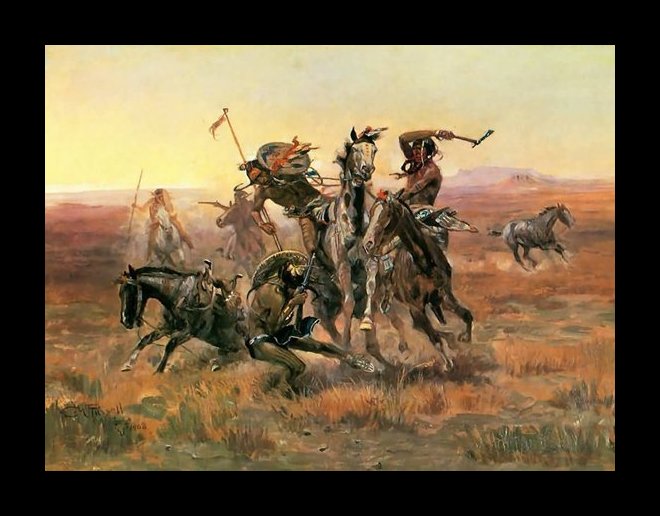
Charles Marion Russell was an American painter and sculptor. Art historians have called Russell one of the greatest artists of the American West, and today, his landscapes serve as a reminder of how vast the west once was. Though he never had any formal artistic training, Russell’s work was from the heart and was a product of true American ambition.
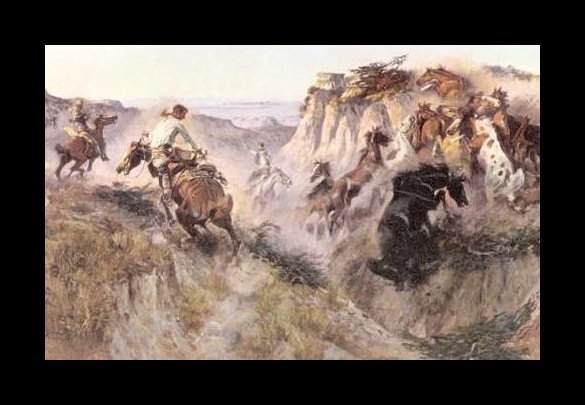
He was born into an upper-class family in St. Louis, MO, and as a young man, worked as a hunter and trapper, as well as on a sheep ranch. Russell eventually became a cowboy, and painted and sketched during his spare time. He would mold small animal figurines with clay and sketch the livestock that he watched over as well.


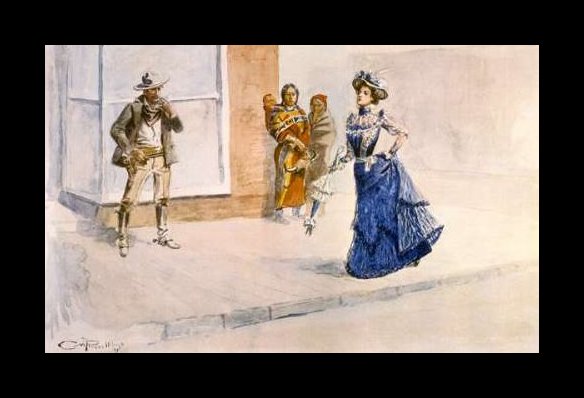
Prior to 1900, Russell created few watercolor or oil paintings worth noting, with most of his best work being made during the last two decades of his life. His subject matter was generally a reflection of his work as a cowboy, and featured typical ranch scenes as well as depictions of Plains Indians.
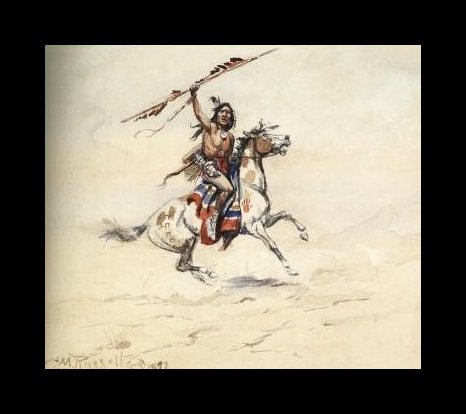
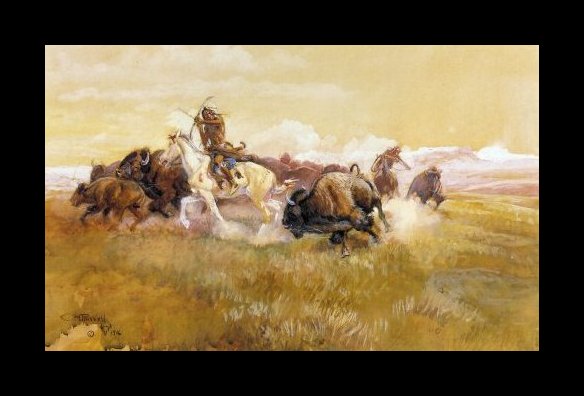
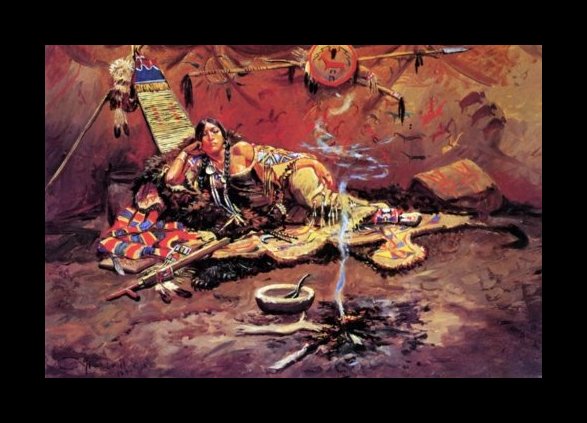
Russell rose to fame as an artist the truly American way and is the stuff of legends. While working as a cattle hand at the O-H Ranch in the winter of 1886-1887, Russell used his artistic flair to create his first taste of publicity. Instead of a regular letter informing the owner that his cattle survived the winter, the ranch foreman sent the owner a postcard sized watercolor that Russell had painted, depicting a skeletal steer being watched by hungry wolves under a gray sky. This postcard was displayed by the owner to friends and acquaintances and eventually ended up in a shop window in Helena, Montana. After this, work steadily began to stream in for the artistic ranch hand and thus, his art career was born.


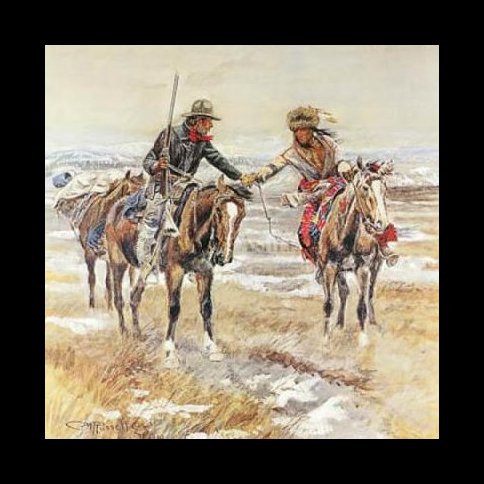
Russell also credited his success as an artist to his wife Nancy. Russell married Nancy in 1896, and the couple moved to Great Falls, Montana the following year. Though he became a local celebrity in Great Falls and found much success, it was Nancy that helped Russell to gain a name for himself on an international level. She set up many exhibitions of his work all over the United States and even in London, creating a great following for the ranch hand turned artists’ work.
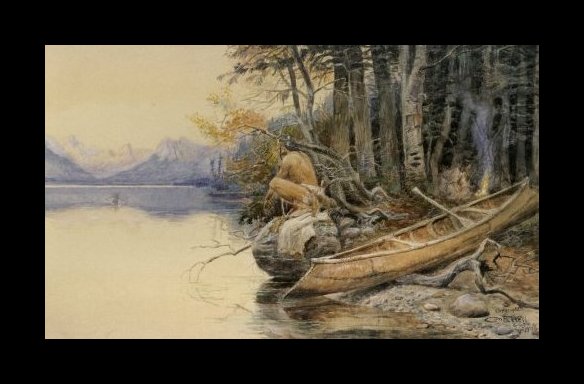


Some time early in his career, Russell began to add a buffalo skull to his paintings as his mark or as a part of his signature. He would work the buffalo skull into the foreground, and it was later copyrighted as his logo. Art historians say that this was his silent way of showing respect to his Indian friends as a representation for their hardship and for their loss of the great buffalo; their source of life and prosperity.
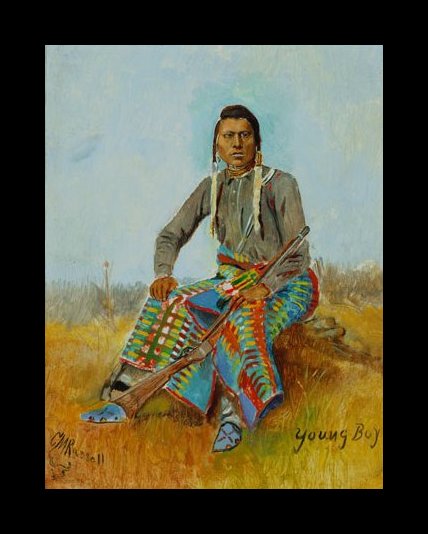
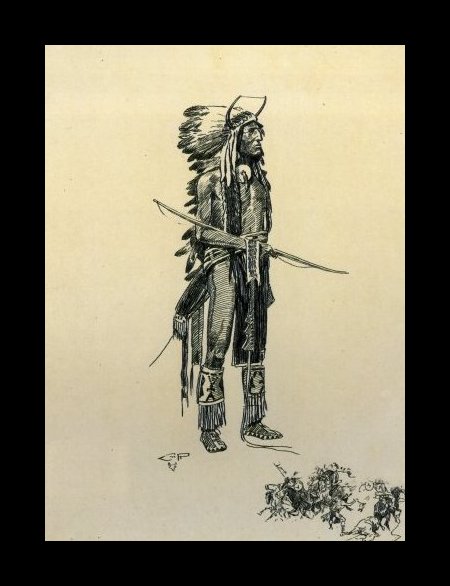

Today, Russell’s paintings are housed all over the United States, including his painting “Lewis and Clark Meeting the Flathead Indians,” which is displayed at the capital building in Helena, Montana. His paintings sell for upwards of $5 million dollars at auction, and are in high demand by collectors.

Still wondering about a painting of the early American West in your family collection? Contact us…it could be by Charles Marion Russell.
Reviews
1,217 global ratings
5 Star
4 Star
3 Star
2 Star
1 Star
Your evaluation is very important to us. Thank you.
